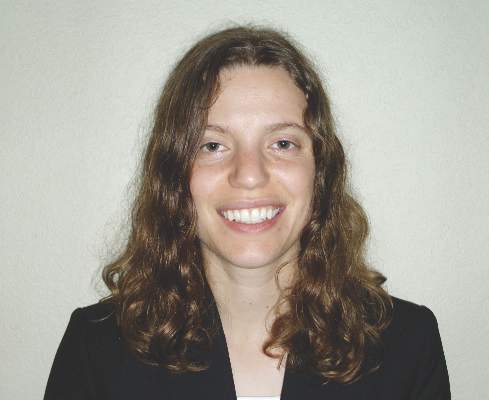BY RICHARD MARK KIRKNER
AT THE ACADEMIC SURGICAL CONGRESS
JACKSONVILLE, FLA. (FRONTLINE MEDICAL NEWS) The potential of “big data” to predict surgical complications has long been expected and that potential may now in the process of becoming a reality.
As health care moves to a value-based system that penalizes surgeons and hospitals for readmissions, the inability to predict postop complications remains a problem, but investigators at University of Wisconsin have found a way to use “big data” to create a model that may help surgeons identify at-risk individuals before complications occur.
Shara Feld, Ph.D., a medical student at Wisconsin, reported on the development of a Markov chain model that sequences random variables to calculate varying states over time. “A Markov model represents the patient progression through a series of health states,” Dr. Feld said at the Association for Academic Surgery/Society of University Surgeons Academic Surgical Congress
“A Markov chain model combining information about prior complications and the time to occurrence after surgery can inform our likelihood of specific future complications,” she said. “Understanding these relationships among complications can improve our ability to select targeted interventions, to avoid cascades of multiple complications, counsel patients and family on prognosis, assist with care decisions, and develop quality improvement measures.”
The model draws on 3 million operations in the American College of Surgeons National Surgical Quality Improvement Program (ACS NSQIP) database from 2005 to 2013. Of those, 400,000 cases involved one complication and 132,000 two or more complications, Dr. Feld said. From that, the investigators identified 21 different complications, including superficial, deep and organ surgical site infections, cardiac arrest, and pneumonia. The study accounted for complications within 30 days of the operation.
Dr. Feld pointed to one of the challenges using the existing literature on surgical risk assessment: “We know that patients can have one complication that can snowball into multiple complications, and as this snowball of complications develops, the postoperative risk in patient prognosis can change from what it was based on preoperative risk factors,” she said.
The model was best at predicting death, coma longer than a day, cardiac arrest, septic shock, renal failure, pneumonia, unplanned reintubation, ventilator use of more than 2 days, and bleeding transfusion, Dr. Feld said.
The study also found that complications most likely to cascade to a higher level were cardiac arrest, renal insufficiency or failure, stroke, intubation, septic shock, and coma, Dr. Feld said. For example, a patient who has a coma has an odds ratio greater than 1.5 of dying within 30 days of the operation while the odds ratio for death following a diagnosis of superficial surgical site infection is less than 0.5, the study found.
Evaluating population-based complication risks after surgery was difficult before the large ACS NSQIP database became available to researchers, Dr. Feld said. The model reveals the impact of specific complications, complication timing, and how combinations of multiple postoperative complications change the risk for the development of future complications..
This model has not to date looked at what type of procedure led to the complications but this line of research may be developed in the future, Dr. Feld said.
The authors had no financial relationships to disclose.





